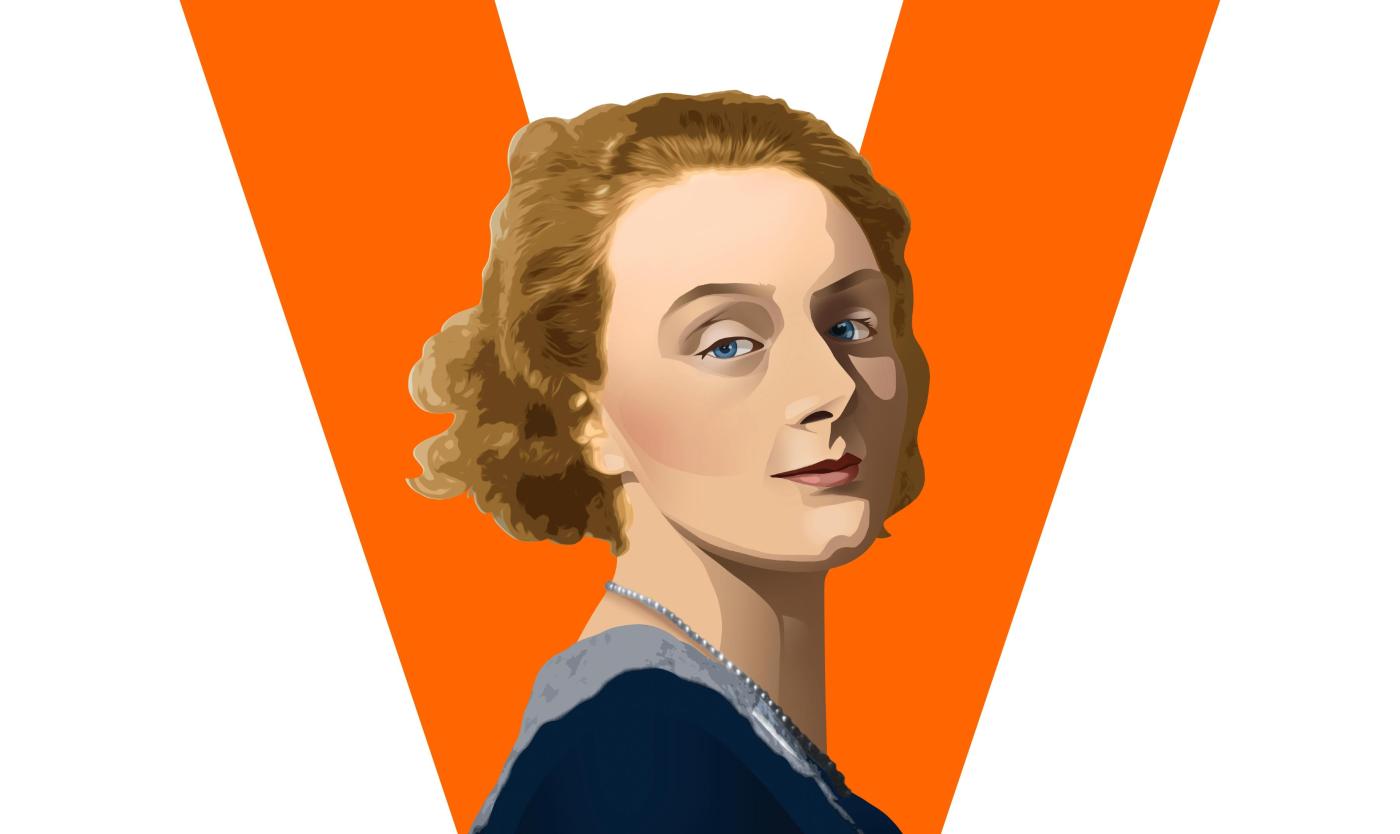
Rie Goethals
1911 - 1989
Rie Goethals helped Jewish people in hiding, distributed resistance newspapers and sheltered refugees. Together with her husband Rudolf Schönberg, she was active in the Brussels resistance against the Nazis.
Rie Goethals was born in 1911 in Middelburg in the Netherlands, to a loving, well-off family. When her family moved to Veere, she met Rudolf Schönberg, a Jewish artist from Brussels who was holidaying there. Rie decided to study the viola at the Conservatory in Brussels. She began a relationship with Rudolf in 1933 and they married four years later. As in Germany, there was stigma around mixed marriages in Belgium, but the couple were not deterred. They participated in anti-fascist rallies at ULB and hosted German political refugees. Later, the Nuremberg racial laws banned marriages like theirs.
Following the occupation of Belgium, Rie and Rudolf became active members of the resistance. Partisans, socialists, communists and intellectuals would gather at their home. This led to the creation on 15 March 1941 of the Onafhankelijkheidsfront, the Independence Front, the largest resistance organisation in Belgium during the Second World War. Rie distributed clandestine media and encouraged musicians to join the resistance. However, one of these musicians was arrested by the Gestapo, and, following intense interrogation, he gave up her name and address. A few days later, on 14 April 1942, Rie was also arrested.
Over the next several weeks, she was tortured at the Gestapo headquarters on Avenue Louise and incarcerated in Sint-Gillis prison. Rudolf went into hiding immediately after her arrest. Although Rie knew where he was, she did not say a word. In an attempt to stop the torture and ensure she would not betray her husband, she tried to jump from the ninth-floor window during an interrogation.
On 30 May 1942, Rie began the arduous journey to Ravensbrück concentration camp, arriving on 18 June 1942. She was no longer Rie Goethals, but number 11907. She never spoke much about how she was treated at Ravensbrück, but testimonies from fellow prisoners outlined the dehumanising conditions. Personal belongings were removed and replaced by wooden clogs and a striped dress. The days followed a set pattern. At 4.00, the prisoners were summoned and had to rush to the roll call. There was barely time to go to the toilet, wash at the few sinks and eat a small piece of bread. Roll call was followed by forced labour. Several times Rie hovered between life and death. Hunger was the hardest thing to bear, besides the constant terror and beatings by the guards.
As the Russians advanced westwards from January 1945, the supply of raw materials ceased, which meant the end of forced labour. Rie and many other prisoners were locked in their barracks; others were gassed or otherwise killed. Redemption, at least for a few, came on 24 April 1945 in the form of white buses and lorries from the Red Cross. The Swedish Red Cross had convinced the German authorities to transfer some of the prisoners to Sweden; Rie, with a few hundred others, was saved. They were first cared for in Malmö and then in convalescent homes for three months. In June 1945, she was repatriated to Belgium, where she moved in with her mother- and father-in-law.
She learned that Rudolf had been arrested in May 1944, but no one knew what had happened to him. It was not until 1946 that she was asked to identify his body, found at the National Shooting Range in Schaarbeek. Rie held on to a few pieces of Rudolf’s clothes and a lock of his hair for the rest of her life.
In 1956, Rie was officially recognised as a member of the resistance by the ministry of Defence. She married Jewish resistance fighter and Auschwitz survivor Genia Heimans, and together they had a son. She never talked about what she had been through. Migraines and anxiety attacks, nightmares about the death of her beloved husband and the traumatic experiences in the camp plagued her until her death, a condition known as concentration camp syndrome.
Read more
Henri Heimans & Dirk Verhofstadt, KZ syndroom. Een litteken dat nooit verdwijnt, Antwerpen: Uitgeverij Houtekiet, 2024.